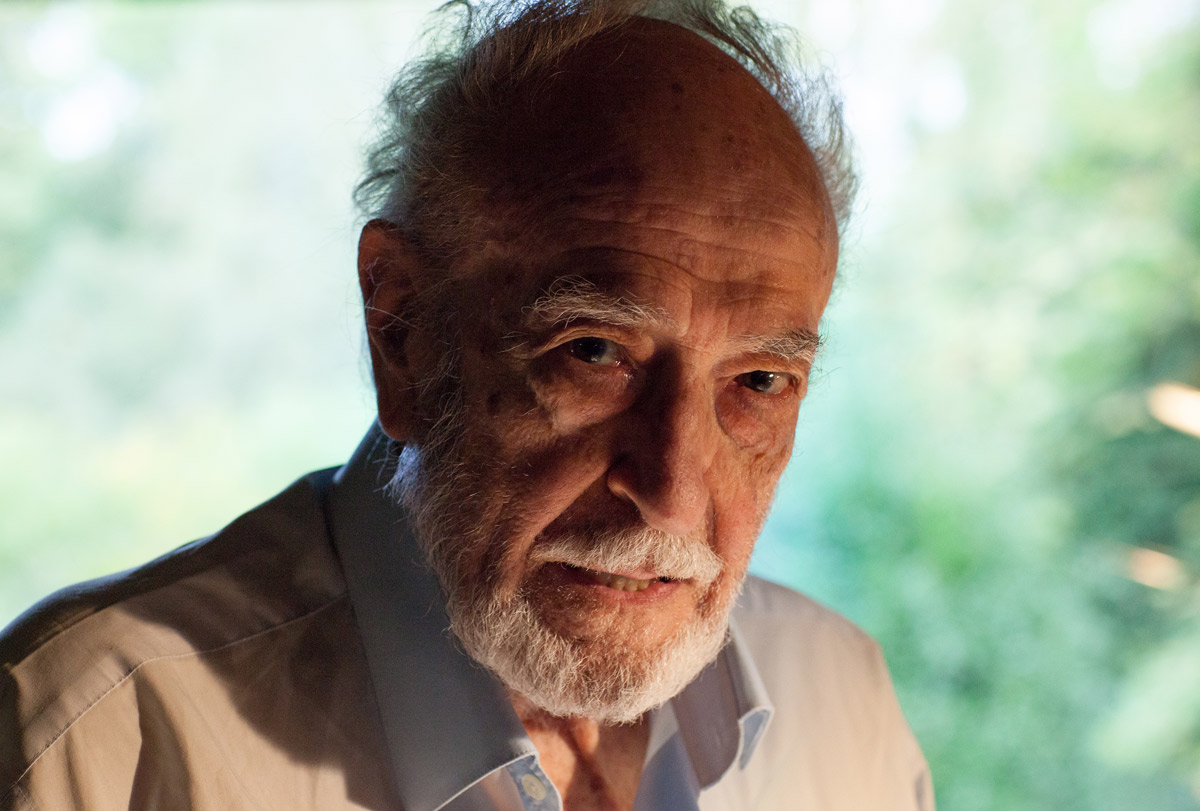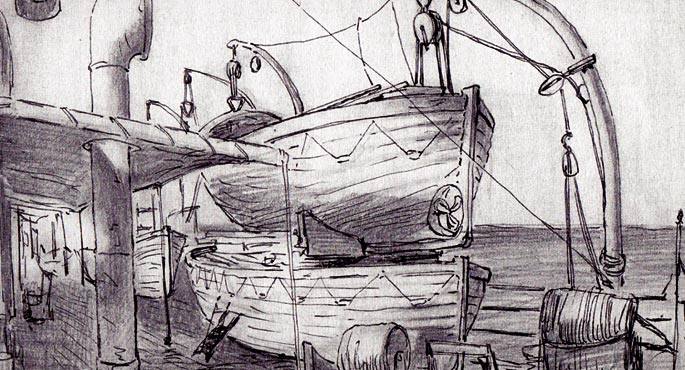
- Today he would be 100 years old Nestor Basterretxea (Bermeo, 1924 - Hondarribia, 2014). He stood out in eleven works and spoke once with ARGIA. Here are some interesting passages.

Two years before his death, at the age of 88, he was still trying to anticipate society. "Trying to contribute milliliter to the wonderful sea of art," he told Subai Hill in the Devil's Lawyer section in 2012. There was little reliance on critics, much less on the critics that society has in the "olympus"... but still less reliance on politicians: "99% of politicians do not understand peppers of art. It seems that a condition for obtaining the political card is to move from art! Yes, they buy the jobs for them to then put themselves in their offices to show themselves modern and cultured before their friends."
In that interview we said the idea that we have led to the headline: "Serious work is very intimate [of the artist], constantly testing yourself, treating your intimacy. You have to look at the world out of the window, but with the windows closed, because with so much information you end up strangling everyone else's. That's why the artist has to live angry with his century."
He was 88 years old when he spread this interview and stated that "inevitably" and "often" remembered death, but when thinking about it, art helped him "not to fail." And that I didn't believe in another world, "No bad thing than having to meet those damn fascists would get me out of my good!" The pretension of his life was to "live without enemies". But he didn't do it: "As a collector, people deny me the greeting, but what lightning, what's not true to their convictions is just a puppet."
In that interview he stated that he was in favour of all nationalists coming together, and this should be understood as the creation of the logo of the origins of Šesku Dago. He was a committed artist, with works known as the old logo of Bai Euskarari, the poster of the Durango Fair 2012, the poster for Nafarroa Bizirik 1512-2012 or the figure of Izaro of the Basque Parliament. And the film Ama Lur, premiered in 1968, "Ama Lur was a big protest from the Basques," he said.
"Deaths working caught me."
Born in Bermeo in 1924, he was captured as a young man by two wars. When the 1936 war broke out, he was 13 years old. His father, a PNV deputy, fled to San Juan de Luz. The memories were told in four strokes in the 2001 ARGIA interview: "That was a disaster for people, with dramatic faces, not to mention, because we all had our history."
They looted Bermeo's house and for 27 years it was a Civil Guard headquarters. Fleeing war, he heads to Paris, where the II is. They were captured by the World War. They finally embarked and the one who needed an eighteen-day trip to reach Buenos Aires became 480 days. "People were born and killed inside the boat. There were Basques, Spaniards, Jews -- everything."
It was the famous Alsina steam ride. Josu Chueca collected the details in this article, as well as the following drawing by Nestor Basterretxea:

Those facts marked his art and his prospect of death, as he reported in the 1990 ARGIA interview: "I began to paint dramatic themes, black figures, red figures, gray, trying to expel all my internal suffering. I suffered without realizing it, suffered years and years. I've suffered a lot from death."
He returned to Euskal Herria at the age of 27. His choice was to face the harsh reality through art, but not limited to a mere representation, as he explained in this 2001 interview: "If you are able to feel what you see differently, it is logical that this be applied in art. The artist is able to invent something about reality, something that doesn't exist in reality, but in you. For you the heavens cannot always be blue or gray, or the green fields. There are the skies and the mountains, but my sky and my mountains are others. Art is a way to personally design reality. From reality, but never imitated or illustrated. Counting from your feelings."
To learn more fragments of Basterretxea's life, which we have collected in ARGIA, you can see here.